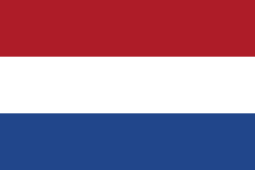Chemycal has been acquired by 3E
Learn MoreChemycal has been acquired by 3E
Learn MoreDiscover how Chemycal PRO helps you boosting your regulatory monitoring:

Abstract - Increasing numbers of people are using digital tools (including apps) to check their health or lifestyle, or for assistance with a disease. There is a wide range of such tools on offer, ranging from tips for stopping smoking or a tool for measuring heart rate, to help with mental health problems. The majority of health and lifestyle apps are free of charge. The Dutch Ministry of Health, Welfare and Sport would like to know what products are available and whether these products are placed on the market according to the applicable legislation for medical devices. RIVM has therefore carried out an exploratory study to see what is on offer in the Netherlands, investigated whether the apps qualify as medical devices and if so, whether they have the CE mark. This mark shows whether a product has been placed on the market as a medical device.
A medical device is a tool, device or equipment (including software) that a manufacturer has developed in order to make a diagnosis or to prevent or treat diseases or problems. Whether a product is a medical device is based on rules. The manufacturer is in the first instance responsible for the quality and safety of the medical devices, the Health and Youth Care Inspectorate (IGJ) handles the market surveillance. Based on limited available information, 21 per cent of the 271 apps examined turned out to be a medical device. The requisite CE mark was not identified on over half of those. Despite the rules, there is still room for interpretation when establishing whether an app is a medical device.
The new legislation for medical devices, which will become mandatory in 2020, has consequences for the risk classification of health apps. Software, and therefore also apps, will be classified in risk classes based on other rules. Many of the apps that are considered medical devices will be classified in higher risk classes under the new regulations. A more stringent market authorization procedure will then apply and additional approval by an external party (known as a 'notified body') will be required. Manufacturers may continue to carry out the market authorization procedure themselves for apps that are low risk.
CONTINUE READING ON www.rivm.nl
2013 © MyChemicalMonitoring. ALL Rights Reserved. About Us | Terms and Conditions